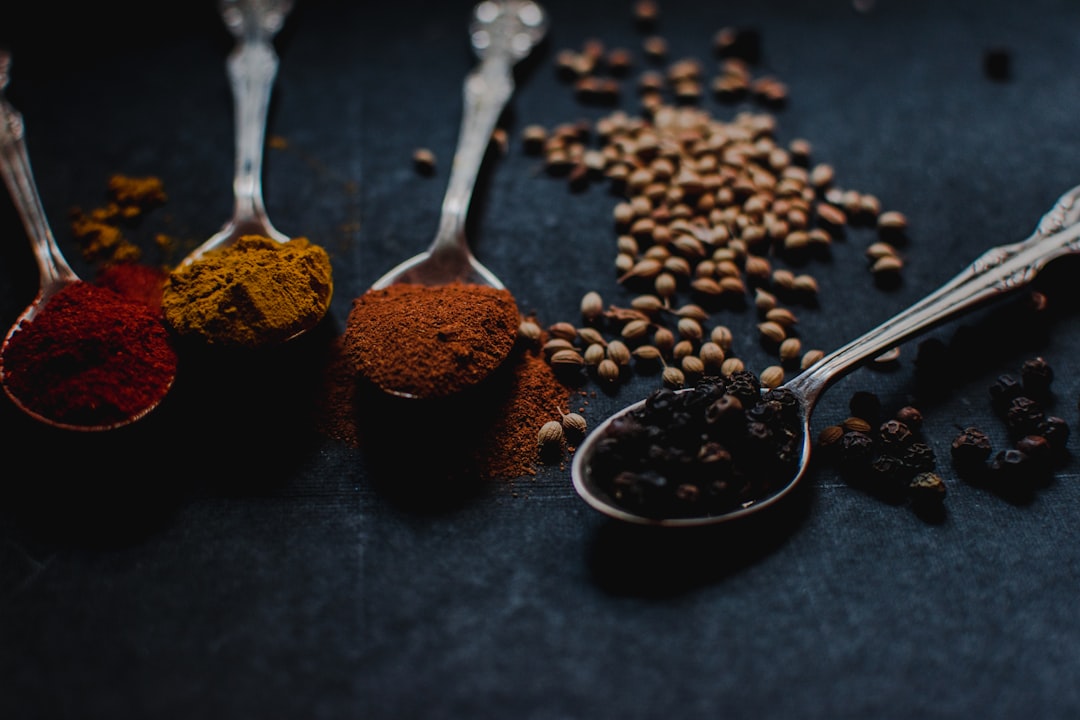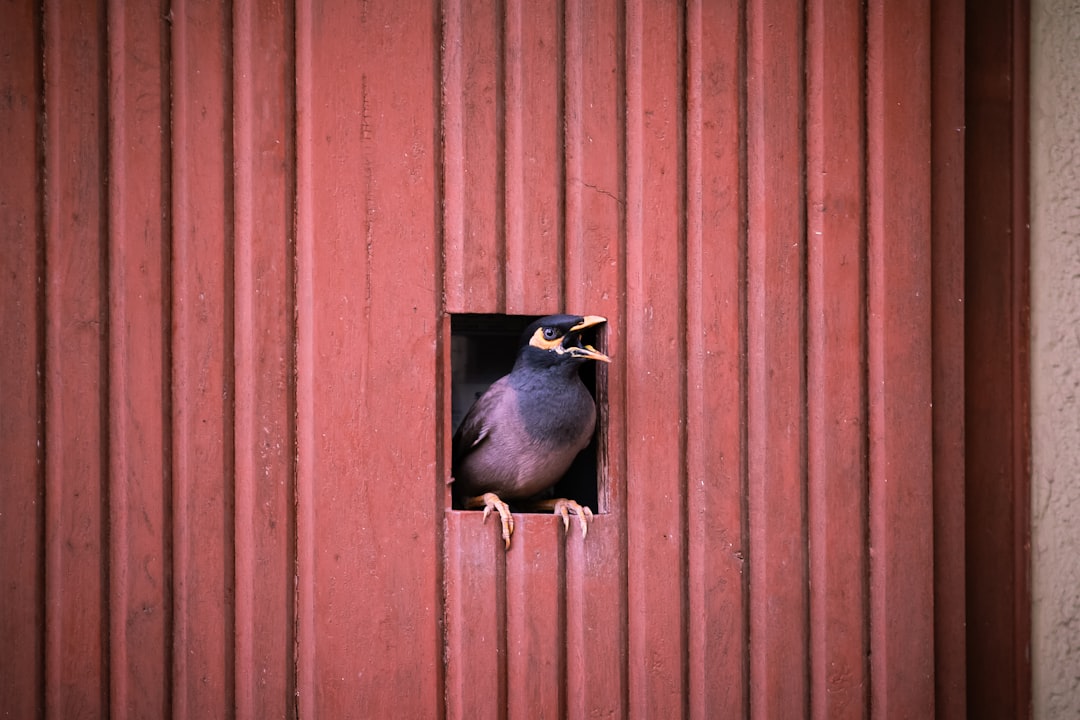Introduction to India’s Vibrant Festivals
India is a land where the spirit of celebration permeates every aspect of life. This colorful country, characterized by a rich tapestry of cultures, religions, and traditions, hosts a myriad of enchanting festivals throughout the year. From the brilliant colors of Holi to the resplendent lights of Diwali, each celebration offers a unique glimpse into the diverse cultural mosaic that defines India.
1. Holi: The Festival of Colors
Holi, also known as the Festival of Colors, marks the arrival of spring and the victory of good over evil. Celebrated with great fervor and enthusiasm, this festival is one of the most popular in India. People gather to throw colorful powders and water at each other, dance to music, and indulge in festive sweets. The atmosphere is filled with joy and laughter, creating an unforgettable experience for both locals and visitors.
The significance of Holi goes beyond mere revelry; it is deeply rooted in social harmony, breaking of barriers, and unification of people from different backgrounds. The festival emphasizes friendship and love, encouraging visitors to join in the celebrations. From participating in the lively water battles to savoring the traditional sweet dishes like gujiya and thandai, Holi promises a truly immersive cultural experience.
Travelers participating in Holi may find themselves in vibrant streets filled with joyous crowds singing and dancing. The festival lasts for an entire day, and the post-celebration atmosphere leads to new friendships and memories that last well beyond the festival.
2. Diwali: The Festival of Lights
Diwali, or the Festival of Lights, is arguably India’s most significant festival, symbolizing the triumph of light over darkness, knowledge over ignorance, and good over evil. Celebrated with immense grandeur, this festival spans five days, with each day holding its unique customs and rituals.
Families decorate their homes with diyas (oil lamps) and vibrant rangoli designs while sharing sweets and exchanging gifts. The main day of Diwali culminates with fireworks, lighting up the night sky like a tapestry of stars. The joyful ambiance and the scent of delicious foods wafting through the streets invite tourists from around the globe who come to witness the spectacular celebrations.
Diwali is a time for togetherness, reflection, and gratitude. This festival fosters unity among families and communities, as people gather in homes to perform prayers or puja, expressing thanks for the blessings received. The delight of Diwali extends beyond the rituals; it encompasses cultural performances, exhibitions, and community festivities that add an additional layer of excitement to the experience.
3. Eid: A Celebration of Faith
Eid is celebrated by millions of Muslims in India after the holy month of Ramadan. This significant festival, which includes Eid al-Fitr and Eid al-Adha, emphasizes community bonding, charity, and family gatherings. On this day, people dress in their finest clothes, attend prayers at mosques, and enjoy festive meals with loved ones.
Eid al-Fitr marks the end of fasting, where celebrants share sweet dishes like sheer khurma, a delectable milk and vermicelli dessert, along with biryani and other savory delights. In contrast, Eid al-Adha commemorates the willingness of Ibrahim to sacrifice his son, symbolizing faith and obedience. The spirit of giving during Eid is profound, with many families opting to donate to those in need and perform acts of kindness.

Eid highlights the spirit of giving, familial bonds, and social unity, making it a rich cultural experience for anyone in India during this time.
The snap of fireworks, the aromatic spices filling the air, and the sound of laughter and prayers create an atmosphere of joy and reverence. Visiting local markets to find handcrafted items and traditional clothing adds more flavor to the Eid celebrations, providing tourists an enjoyable experience integrated deeply with local culture.
4. Navratri: Nine Nights of Celebration
Navratri, meaning ‘nine nights’, is a vibrant festival dedicated to the worship of the Hindu goddess Durga. Each day signifies a different form of the goddess, and devotees join in fervent prayers, ecstatic dances, and melodious music that can be heard through the streets. This festival culminates in Dussehra, marking the victory of Lord Rama over the demon king Ravana.
During Navratri, particularly in Gujarat, vibrant garba dances take center stage. Men and women don colorful attire, engaging in folk dances around festive dandiya sticks called raas. The electrifying atmosphere, beat of the drums, and togetherness among participants enhance the spirit of celebration. Delicious vegetarian cuisine, filled with seasonal specialties and sweets, is also an integral part of the festivities.
Each of the nine nights is filled with a specific theme, and attending these events provides an unparalleled opportunity to witness deep cultural roots and local traditions. Devotional chants fill the air, creating an ambiance of spirituality that enchants everyone present.
5. The Unique Bihu Festival of Assam
Unlike the nationwide warmth of Diwali and Holi, the Bihu festival is primarily celebrated in Assam, showcasing a rich cultural heritage uniquely tied to the cycles of agriculture. Encompassing three distinct Bihu events, each celebration has its unique joy and customs: the Rongali Bihu, celebrated in April, signifies the Assamese New Year; Bhogali Bihu, aligned with harvest time, is filled with feasting and bonfires; and the Kati Bihu, focused on crop cultivation, marks a moment of reflection and respect for the land.
Traditional Assamese dances, folk music, and vibrant attire celebrate the community’s connection with nature and their rich agricultural history. The joyous atmosphere during these festivals encourages everyone to participate, share meals, and engage in local traditions, making it a must-experience event.
Traversing through Assam during these vibrant Bihu events provides an exciting opportunity to immerse oneself in the rich tapestry of festivals that showcase the northeastern part of India. It also provides a stunning backdrop for photography and creating treasured memories.
Visiting India during any of these vibrant festivals provides a unique opportunity to witness the deep-rooted traditions and customs that define its culture. Embrace the spirit of celebration and join in the festivities, making memories that will last a lifetime.













